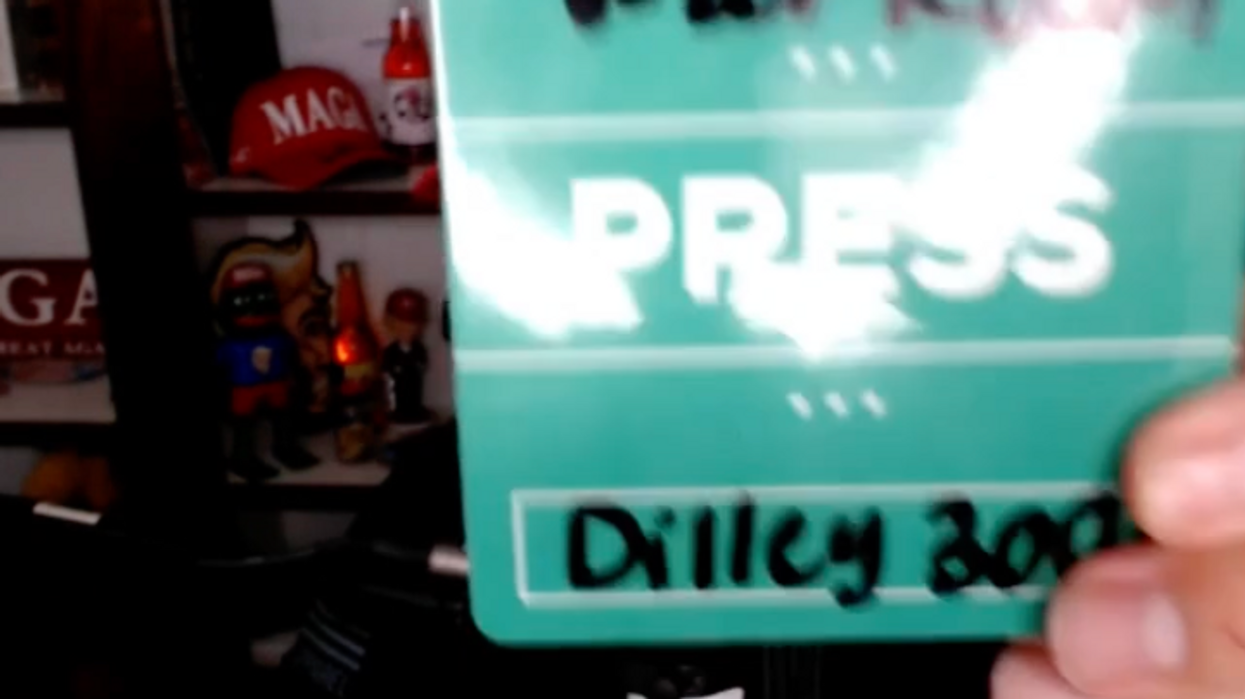
By Michael Doyle, McClatchy Washington Bureau
WASHINGTON — The shooting of an unarmed teenager in Ferguson, Mo., has exposed what the Justice Department doesn’t know about police use of force.
Federal officials don’t know how many police shootings take place annually. They don’t know how many citizens complaints get filed each year. And, despite a 1994 congressional order, they don’t tally annually the incidents of “excessive force” by police.
Many reasons account for the lack of comprehensive data, including the complexity of the reporting task. The absence of facts, though, can hinder efforts to diagnose and solve.
“That’s a clear, clear problem,” Matthew Hickman, associate professor of criminal justice at Seattle University, said in an interview Wednesday. “When it comes to use of force, we have almost nothing.”
Deadspin, an online sports news site, underscored the data shortcomings Wednesday by initiating what it bills as a crowd-sourced database of police shootings. Within the first five hours, data concerning 135 shooting incidents from the last several years had been entered.
But even when begun enthusiastically, data-collection ventures can fizzle over time. The International Association of Chiefs of Police, for instance, at one point maintained a police shooting database. It has not been updated since 2001, the association said Wednesday.
“We need data to make decisions,” Alex R. Piquero, professor of criminology at the University of Texas at Dallas, said in an interview Wednesday. “Data should be the underpinning for everything we do.”
Lawmakers recognized the need for reliable information in 1994, when they passed the Violent Crime Control and Law Enforcement Act. As part of the 354-page package, Congress ordered that “the attorney general shall, through appropriate means, acquire data about the use of excessive force by law enforcement officers.”
The 1994 law further directed the Justice Department to “publish an annual summary of the data acquired” concerning excessive force. The provision was inserted by senators, records show. At the time, the chairman of the Senate Judiciary Committee was Democratic Senator Joe Biden of Delaware, now the vice president of the United States.
The excessive force report requirement was one of a number of report obligations imposed on the Justice Department under the 1994 law. It left some key questions unanswered, including the definition of excessive force, even as it forced shorthanded researchers to manage with limited resources.
“The incidence of wrongful use of force by police is unknown. Research is critically needed,” the Bureau of Justice Statistics acknowledged in 1999, adding that “current indicators of excessive force, such as civilian complaints and civil lawsuits, are all critically flawed.”
Nonetheless, the annual reports required by Congress in the 1994 law were never produced.
“It was 20 years ago, can you believe it?” exclaimed Hickman of Seattle University, who formerly worked for the Bureau of Justice Statistics. “Two decades, and this is where we are.”
Even a fully funded, highly motivated research effort would face challenges. Piquero of the University of Texas at Dallas noted that “there’s a lot of variability” in what might be counted as excessive force, which would then have to be assessed in upward of 18,000 law enforcement agencies nationwide.
Instead, researchers have sporadically tried in various ways to take a stab at police use of force. Surveys, which necessarily are incomplete, have been one tool.
Every three years, for instance, a “police-public contact survey” questions upward of 60,000 individuals. The surveys typically find about 1.5 percent of those who had encountered police reported that force had been used or threatened against them.
The last survey was done in 2011, but it only included respondents who could speak English.
A similar time lag and data gap afflicts efforts to track citizen complaints about excessive force. The most recent publicly available Bureau of Justice Statistics study of citizen complaints dates back to 2006, covering information collected in 2002. At the time, the survey identified 26,556 citizen complaints about use of force.
The survey only captured information from about 5 percent of law enforcement agencies nationwide, although these were the largest agencies, accounting for 59 percent of the nation’s sworn officers. Because it has fewer than 100 sworn officers, the Ferguson Police Department was not included in the survey.
A Justice Department spokesperson could not be reached Wednesday to discuss the data collection efforts.
The FBI publishes annual tallies of justifiable homicides by law enforcement personnel, which jumped from 378 in 2008 to 410 in 2012. This database is incomplete, though, because it relies on self-reporting by law enforcement agencies and does not cover non-fatal shootings.
“We have to start getting involved with this,” Piquero said. “Data is the foundation.”
AFP Photo/Michael B. Thomas


